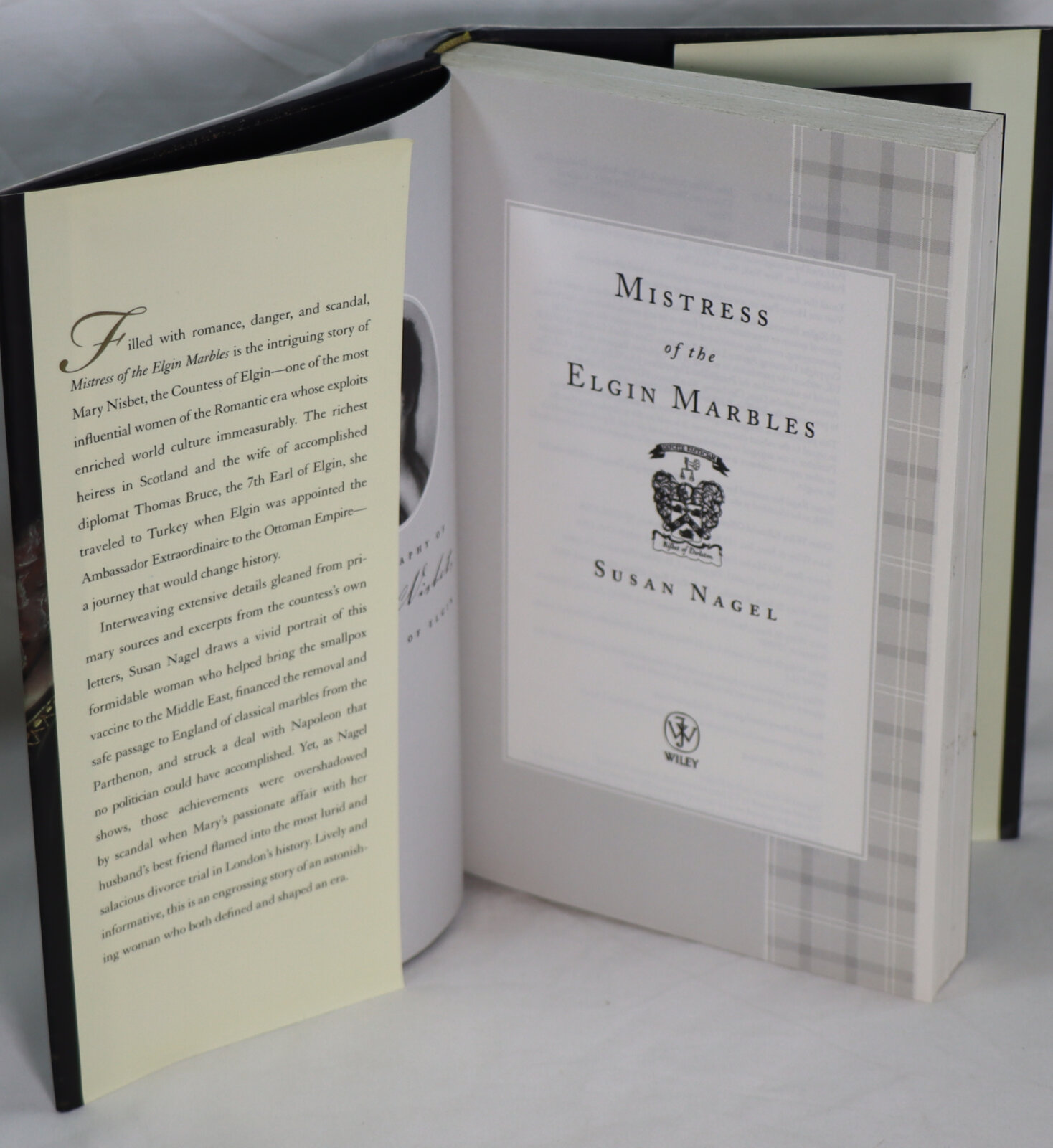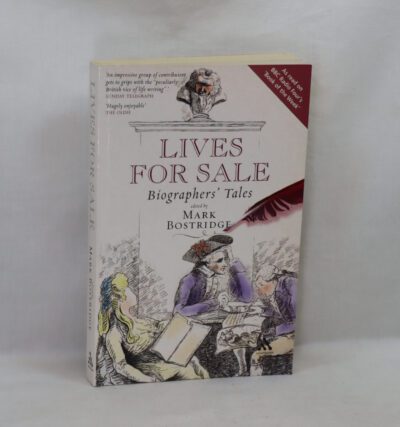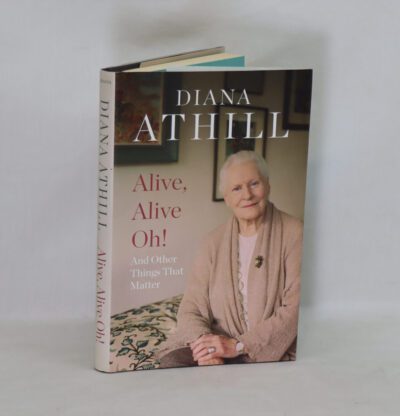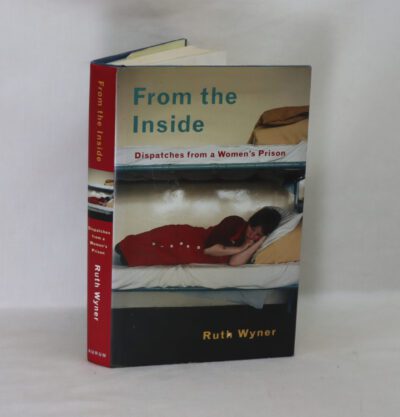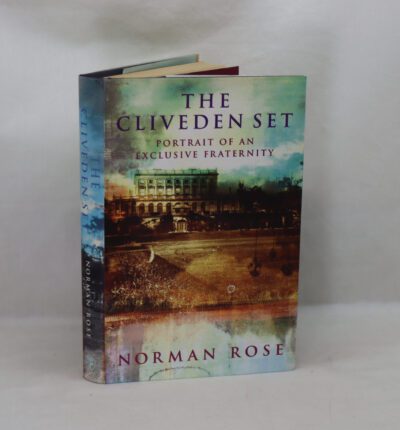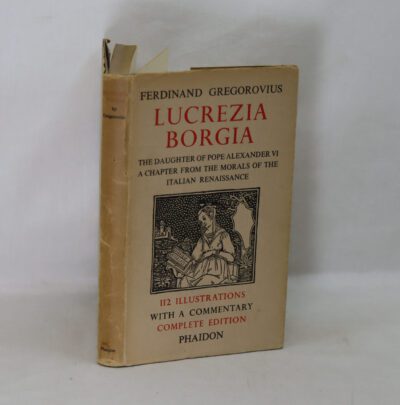Mistress of the Elgin Marbles.
By Susan Nagel
ISBN: 9780062029249
Printed: 2004
Publisher: John Wiley & Sons. Chichester
| Dimensions | 17 × 24 × 4 cm |
|---|---|
| Language |
Language: English
Size (cminches): 17 x 24 x 4
Condition: Fine (See explanation of ratings)
Item information
Description
In the original dustsheet. Black cloth binding with gilt title on the spine.
-
F.B.A. provides an in-depth photographic presentation of this item to stimulate your feeling and touch. More traditional book descriptions are immediately available.
The remarkable Mary Nisbet was the Countess of Elgin in Romantic-era Scotland and the wife of the seventh Earl of Elgin. When Mary accompanied her husband to diplomatic duty in Turkey, she changed history. She helped bring the smallpox vaccine to the Middle East, struck a seemingly impossible deal with Napoleon, and arranged the removal of famous marbles from the Parthenon. But all of her accomplishments would be overshadowed, however, by her scandalous divorce. Drawing from Mary’s own letters, scholar Susan Nagel tells Mary’s enthralling, inspiring, and suspenseful story in vibrant detail.
Reviews:
-
“A lively and welcome account of a charismatic woman.” — People
-
“A sympathetic and emotionally charged portrait of Mary…[written] with insight and compassion yet without sentimentality.” — Publishers Weekly
-
“Absorbing…required reading for anyone interested in cultural history as well as the art of biography.” — Booklist
-
“Absorbing…required reading for anyone interested in cultural history as well as the art of biography.” — Kirkus Reviews
-
Seldom do I read Biographies and feel so intimately close to the subject as I did with this skilfully researched piece of work. I felt as if I had lived right along with Mary through her travels, adventures, exploits and tragedies. Packed with Romantic locals and historical people. It’s an intimate peek into a fascinating life, who was Mary Nisbet, Countess of Elgin.
Mary Hamilton Bruce, Countess of Elgin (née Nisbet; 18 April 1778 – 9 July 1855) was the first wife of British diplomat Thomas Bruce, 7th Earl of Elgin during his term as Ambassador Extraordinaire to the Ottoman Empire and one of the most influential and wealthiest heiresses of the late 18th and early 19th century. Mary Nisbet met Thomas Bruce, 7th Earl of Elgin, who had only recently become Ambassador to the Ottoman Empire, in 1798. The pair were distantly related via the Montagus and were considered a good match by both families. They married on 11 March 1799. After spending the wedding night at Archerfield the couple travelled to Bruce’s home in Broomhall, Fife. Following a short stint in London the couple left England on 3 September 1799 so that Bruce could take up his ambassadorial position; sailing from Portsmouth on HMS Phaeton. By this point Nisbet was pregnant but decided to travel with her new husband. During the two-month voyage they visited Lisbon and Gibraltar (as guests of Charles O’Hara), Sicily, Palermo, Messina and Tenodoes before arriving in Constantinople. It was a difficult time in Constantinople; English people were not well liked or trusted.The couple moved into the old French embassy (which had recently been vacated) which Mary Bruce then had decorated and where she hosted lavish parties. In November, with the permission of the Grand Vizier, she became the first woman to attend a political Ottoman ceremony. Despite being five months pregnant she was required to dress as a man. The Bruces had five children, two sons and three daughters:
-
George Charles Constantine (1800–1840), died unmarried and before his father, known by the courtesy title of Lord Bruce.
-
Mary, married on 28 January 1828, Robert Dundas
-
Matilda-Harrie, married on 14 October 1839, John Maxwell, son and heir of Sir John Maxwell, 7th Baronet
-
William died young of illness on 8 April 1805. It is debated whether or not William was the child of Lord Elgin.
-
Lucy, married on 14 March 1828, John Grant of Perthshire
Mary’ Second marriage: Bruce divorced Nisbet in either 1807 or 1808, and she went on to marry Robert Ferguson of Raith (1769–1840) with whom she was accused of committing adultery.
The Elgin Marbles are a collection of Ancient Greek sculptures from the Parthenon and other structures from the Acropolis of Athens, removed from Ottoman Greece and shipped to Britain by agents of Thomas Bruce, 7th Earl of Elgin, and now held in the British Museum in London. The majority of the sculptures were created in the 5th century BC under the direction of sculptor and architect Phidias. The term Parthenon Marbles or Parthenon Sculptures (Greek: Γλυπτά του Παρθενώνα) refers to sculptures—the frieze, metopes and pediments—from the Parthenon held in various collections, principally the British Museum and the Acropolis Museum in Athens.
From 1801 to 1812, Elgin’s agents removed about half the surviving Parthenon sculptures, as well as sculptures from the Erechtheion, the Temple of Athena Nike and the Propylaia, sending them to Britain in efforts to establish a private museum. Elgin stated he removed the sculptures with permission of the Ottoman officials who exercised authority in Athens at the time. However, the veracity of this claim has been disputed.
Their presence in the British Museum is the subject of long standing international controversy. In Britain, the acquisition of the collection was supported by some, while others, such as Lord Byron, likened Elgin’s actions to vandalism or looting. A UK parliamentary inquiry in 1816 concluded that Elgin had acquired the marbles legally. Elgin sold them to the British government in that year, after which they passed into the trusteeship of the British Museum. In 1983, the Greek government formally asked the UK government to return them to Greece, and subsequently listed the dispute with UNESCO. The UK government and British Museum declined UNESCO’s offer of mediation. In 2021, UNESCO called upon the UK government to resolve the issue at the intergovernmental level.
The Greek government and supporters of the marbles’ return to Greece have argued that they were obtained illegally or unethically, that they are of exceptional cultural importance to Greece, and that their cultural value would be best appreciated in a unified public display with the other major Parthenon antiquities in the Acropolis Museum. The UK government and British Museum have argued that they were obtained legally, that their return would set a precedent which could undermine the collections of the major museums of world culture, and that the British Museum’s collection allows them to be better viewed in the context of other major ancient cultures and thus complements the perspective provided by the Acropolis Museum. Discussions between UK and Greek officials are ongoing.
Name: The Elgin Marbles are named after Thomas Bruce, 7th Earl of Elgin who, between 1801 and 1812, oversaw their removal from the Parthenon, the Erechtheion, the Temple of Athena Nike and the Propylaia and their shipment to England. By an act of parliament, the British Museum Act 1816, the collection was transferred to the British Museum on the condition that it be kept together and named “the Elgin Marbles”. The term “Parthenon Marbles” or “Parthenon Sculptures” refers to the sculptures and architectural features removed specifically from the Parthenon. These are currently held in nine museums around the world, principally the Acropolis Museum and the British Museum. The term “Parthenon Sculptures” is used in this sense by both the British Museum and the Greek government.
The Author : Susan Nagel is the author of a critically acclaimed book on the novels of Jean Giraudoux. She has written for the stage, the screen, scholarly journals, the Gannett newspaper chain, and Town & Country. A professor in the humanities department of Marymount Manhattan College, she lives in New York City.
Want to know more about this item?
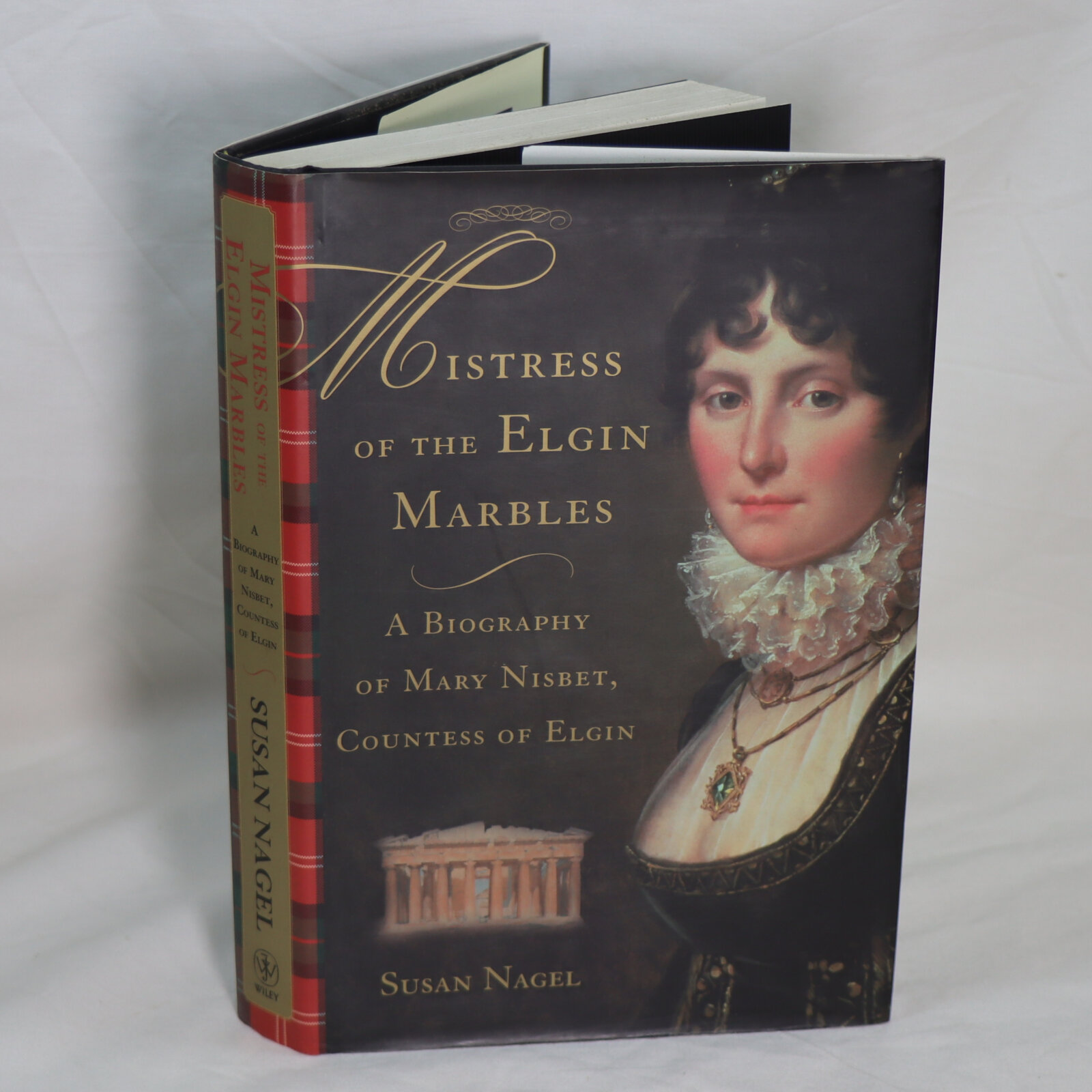
Share this Page with a friend

